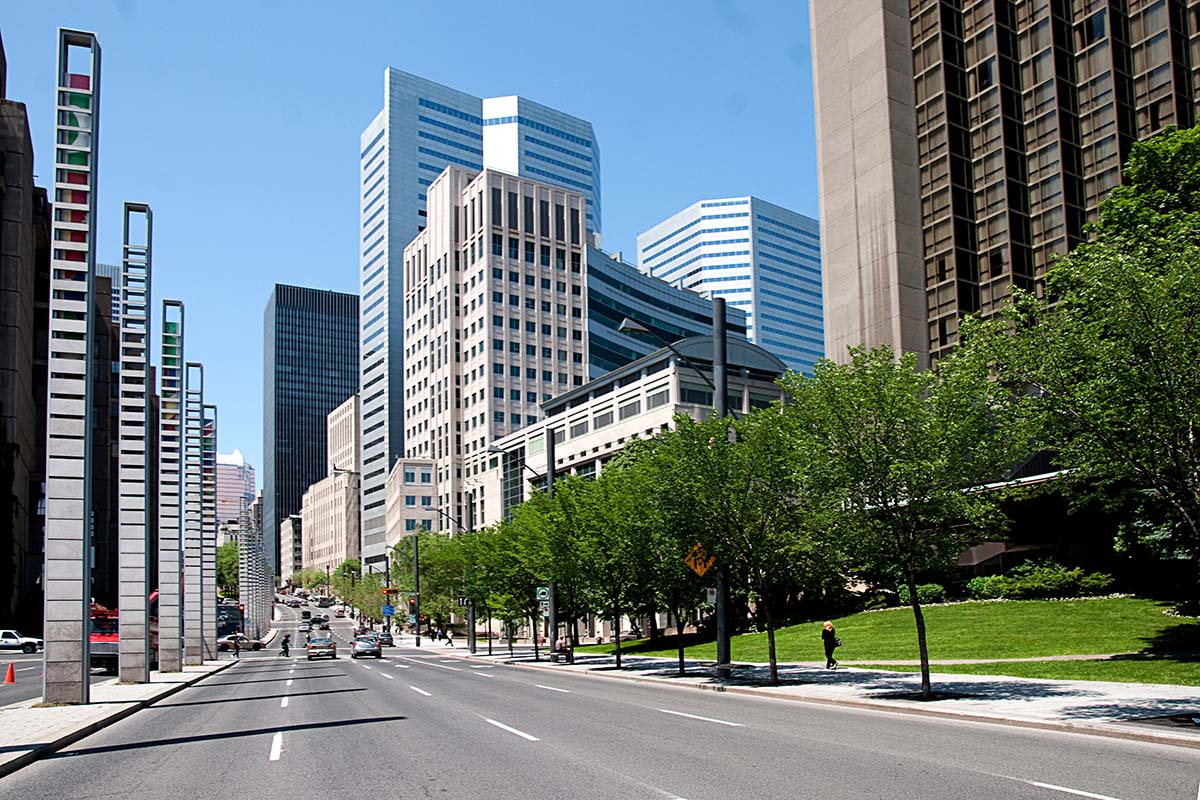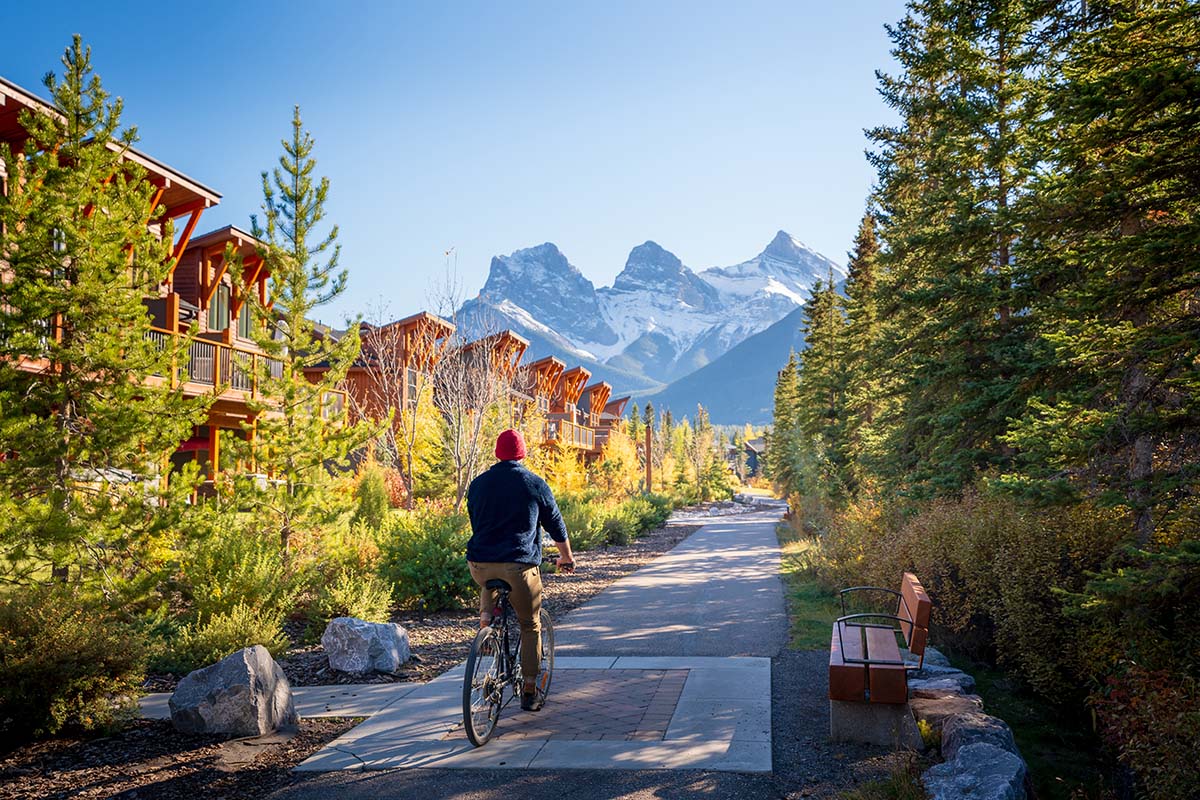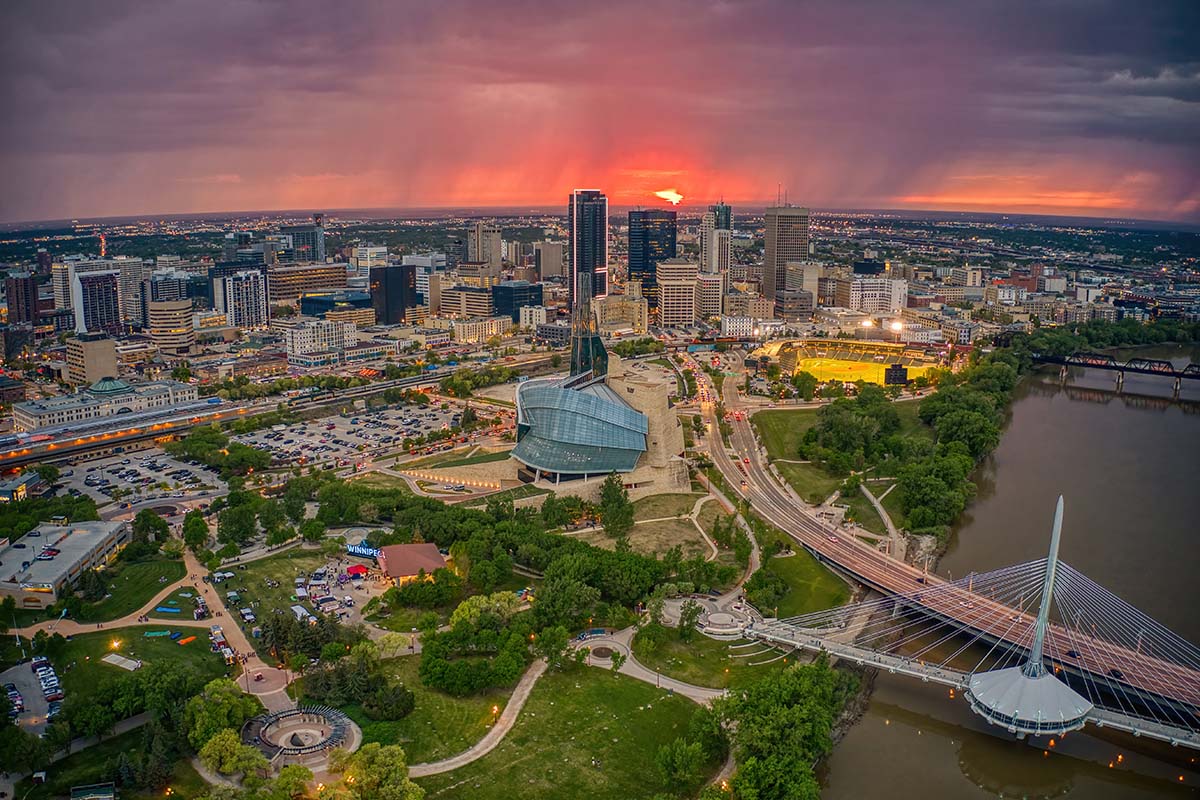Equity in Urban Forestry: Navigating the Green Challenges in Cities
We’re all familiar with the term “concrete jungles,” a phrase that once seemed contradictory but now paints the picture of our everyday lives in cities worldwide. But living in concrete jungles is taking a toll on us physically, mentally and environmentally. That’s why city planners are increasingly turning to urban forestry to help reconnect city dwellers with nature. However, the pressing need to enhance green spaces raises discussions about social and ecological equity.
Considering equity issues in sustainable urban forest planning is critical to ensure that the benefits of green spaces are experienced by all. Addressing equity issues can enhance community well-being, promote social inclusion, and significantly contribute to climate resilience. However, achieving these goals requires active participation from governments and practitioners in identifying and resolving systemic and historical disparities. It requires developing tools and strategies to establish sustainable, healthy, and inclusive urban environments that benefit everyone.
In collaboration with The Canadian Institute of Forestry, Tree Canada hosted an e-lecture series curated by Dr. Adrina C. Bardekjian, Tree Canada’s Director of Research and Engagement, titled Equity and Urban Forests in Canada. This series delved into the critical intersection of urban forestry and equity. The series explored the challenges and opportunities that arise as we strive to restore balance to our cities. This blog post will share some key takeaways from the discussions in the four-part e-lecture series.

Greening with Caution
Dr. Lorien Nesbitt, from the Faculty of Forestry at the University of British Columbia, kicked off the series by unravelling the complexities of green gentrification in two major Canadian metropolitan areas. Urban greening, often hailed as a positive force, can inadvertently contribute to social and economic disparities. While urban forestry practitioners are aware of potential consequences, understanding and identifying these outcomes remains challenging.
The message is clear: tackling green gentrification demands a systemic and equity-based approach. This involves addressing equity needs across municipal and regional systems, coordinating between departments and organizations, engaging key stakeholders, and leveraging both existing and new resources and partnerships to foster sustainable and equitable solutions.
Greening with Intention
During the second e-lecture, Dr. Rachel Buxton from Carleton University shared her research, focusing on identifying knowledge gaps that are essential for implementing equitable and meaningful nature-based solutions in cities. With over 70% of Canadians residing in urban areas, the distribution of green spaces is crucial for fostering a connection to nature. Dr. Buxton’s research with over twenty cross-sector experts identified 33 priority knowledge gaps and four guiding principles. These principles call for a socio-cultural shift, interweaving Indigenous knowledge, urgency in action, and a holistic research approach. The identified knowledge gaps focus on social justice and equity, highlighting the need to monitor outcomes, diversify methodologies, explore links and trade-offs, and improve education and communication. Dr. Buxton and team emphasize the need for a cultural shift in adopting nature-based solutions, highlighting that successful urban forestry solutions focus on fostering relationships, respecting diverse perspectives, and continuously adapting based on shared learning and experiences.

A Tale of Two Cities: Mississauga & Winnipeg
The series took a practical turn in the last two e-lectures, featuring urban foresters from Mississauga, ON and Winnipeg, MB.
Amory Ngan, Forestry Manager from the City of Mississauga, highlighted the challenges of maintaining and increasing tree canopy amidst rapid population growth and new developments.
Mississauga is a transportation hub with a sizeable industrial land area. In 2014, the City implemented the Natural Heritage & Urban Forest Strategy and the Urban Forest Management Plan. These plans are intended to guide the management of the natural heritage system and urban forest for the next 20 years. Ngan emphasized that while changes in land use and provincial/regional policies continue to drive urban greening, adopting a more comprehensive approach is essential to make urban forestry more equitable. This can involve evaluating the intersection of the urban forest and equity, considering factors such as ecological integrity, distributional equity beyond trees, and promoting equity, diversity, and inclusion within the urban forestry workforce.
Much like Mississauga, the City of Winnipeg, which was once a vast grassland, encountered similar challenges as it underwent increased population density and faced complexities in implementing urban greening due to ongoing infrastructure upgrades. Martha Barwinsky, City Forester for Winnipeg spoke about the city’s tree planting efforts which started in the early 1900s and have since maintained a robust history of community involvement. In response to climate change and the urban heat island effect, the City of Winnipeg conducted comprehensive research to formulate a 20-year urban forestry strategy prioritizing equity.
Winnipeg’s Urban Forest Strategy Framework, currently awaiting approval from the council, outlines five strategic goals and eight targets. These goals encompass Planning, Planting, Management, Protection, and Partnership. Noteworthy targets within the framework revolve around fostering public engagement, increasing tree canopy coverage, and providing incentives for private tree planting. Notably, the framework emphasizes planting in higher-need neighbourhoods and encourages partnerships with local communities and Indigenous governments as critical components of its strategy.

The Future of Equity in Urban Forestry
The e-lecture series provided a deep understanding of the intricate relationship between urban forestry and equity. As emphasized by Dr. Rachel Buxton, in facing the urgent problem of climate change, we must act now with a keen awareness of social justice. Building relationships with all stakeholders is crucial – be it with government bodies, community organizations, Indigenous communities, non-profits, academia, and practitioners. By doing so, we can collectively strive for equitable and meaningful urban greening, ensuring that our concrete jungles transform into thriving, sustainable urban ecosystems for generations.
Equity in Canada’s Urban Forests will be the focus of the 2024 Canadian Urban Forest Conference hosted by Tree Canada and the City of Winnipeg. The conference will be held from October 15-18, 2024. Learn more.
Back to all articles
